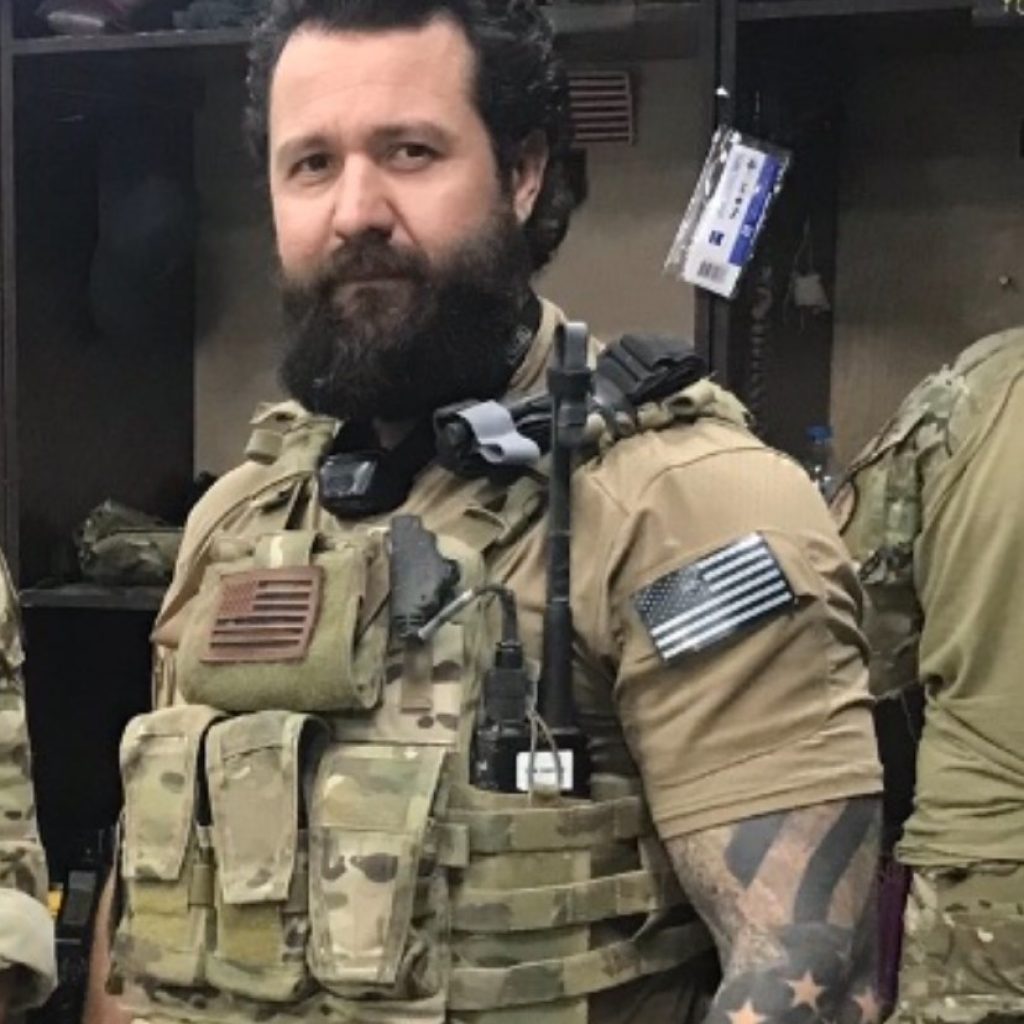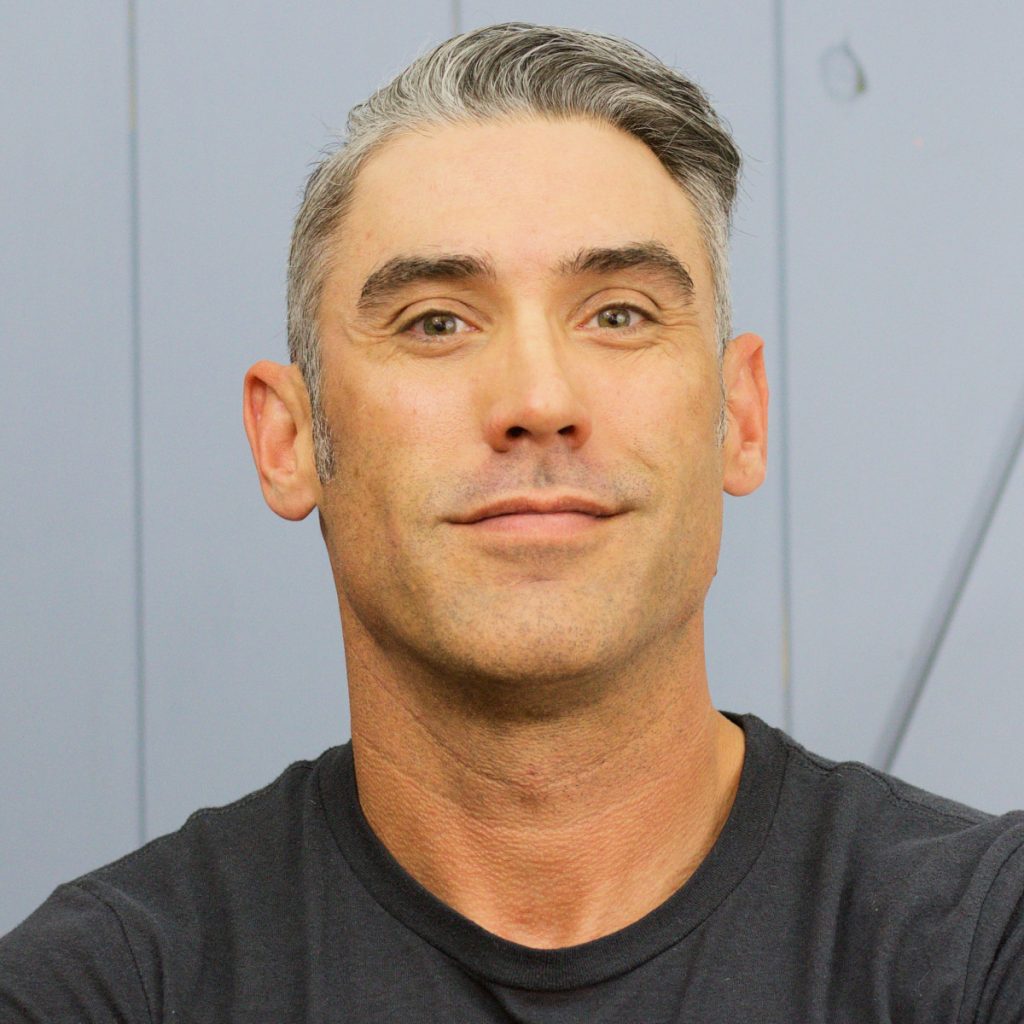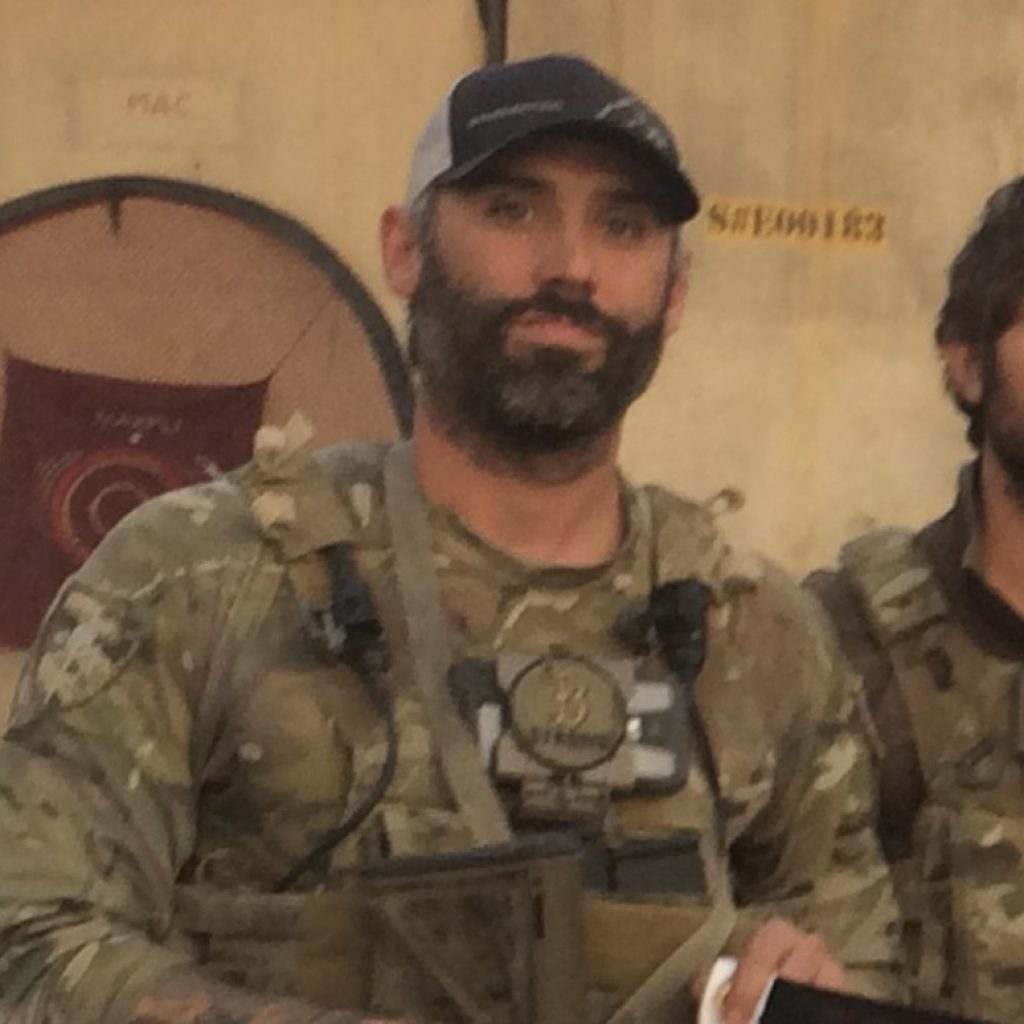June, it’s when the school year ends, and children begin making precious summertime memories. But, we cannot ignore the heart-breaking fact that in Uvalde, Texas, 19 children will never have that chance. The shooting at Rob Elementary that took their lives and the lives of two teachers marked the 27th school shooting this year. And 2022 is on track to become the most violent in US history with nearly 250 mass shootings. Parents feel helpless and are looking for answers. And so, we are highlighting an organization helping communities implement solutions to this epidemic of violence. We’re honored to introduce you to The Community First Project.
Andrew Sullivan, Brent Tucker, and Paul Fitzgerald combine decades of US Military and police force experience to form the non-profit, The Community First Project. Using these skills, the team trains
local police forces to respond calmly and effectively to high-stress situations. We are grateful to interview the group about their efforts and how we can support their cause.
1. Your non-profit, The Community First, provides consultation and training to help mitigate the loss of life and apprehend the suspect in school shootings. While prevention would be ideal, what steps can local communities and state and federal governments take to stop these events from happening in the first place?
CP: Given our backgrounds, people have an immediate first impression of our capabilities. Many assume that bringing in Special Operations professionals encourages a tactical response to all high-threat situations. This is far from accurate. Special Operations personnel are problem-solvers first and foremost. And sometimes, a problem requires a tactical approach. Often, diplomacy is the preferred resolution. Recognizing what solution fits the situation is the bread and butter of what we do. And in this instance, there are no one-size-fits-all solutions.

From a strategic perspective, we must be looking at short-term and long-term solutions. The long-term solutions require us to identify and eliminate these individuals from committing these heinous crimes. How do we do this? Well, first of all, we communicate. We must discuss gun laws, mental health, training, and police response. We have to make this a national conversation without political animosity. Change must happen, and it needs to start now. But, even if the conversation begins tomorrow, the impacts of these conversations are still years down the road. These long-term solutions focus on preventing these events, but they do nothing to stop an event that may occur in the coming weeks or months. The safety of our children and communities also requires a short-term response.
While we support long-term solutions to this epidemic, the only guaranteed solution to better protect our children right now is to make schools a harder target to attack. Period! We must take a long, hard look at the security measures in the facilities that house our children. These facilities should be better protected. Plans should be in place that better coordinate a standardized law enforcement response. We should evaluate and implement technological advances that encourage safety and security.
2. Your backgrounds are impressive. A retired Navy Senior Chief Special Warfare Operator (SEAL) and a retired Green Beret/Delta Force Operator who hold purple hearts, and silver and bronze star metals, to name a few of the remarkable accolades. Plus, a retired Boston Police Officer who is held in high enough regard to be on the FBI’s Rolodex when defining best practices. To put it bluntly, you’re all pretty badass. So why choose to move into a non-profit and not opt for a more lucrative and provocative job in private security?
CP: I love this question because it reminds us how important our mission is to us. At the end of the day, everyone deserves safety in their respective communities. It is an absolute failure if the difference between safety and vulnerability is a lack of funding. We decided that we would not let money be the reason that our communities were not safe. As a non-profit, we can tap into federal and state funding lines to put towards training. Additionally, we can market to companies and individuals and provide a 501c3 option for their tax-free donations. Finally, without the profit markups, we can put more money into training our law enforcement brothers and sisters who could not otherwise afford our support.
Honestly, it was not a difficult decision. The three of us who started the Community First Project are motivated by acts of service, more so than financial gain. Our priority remains to help the communities that supported us over our military and law enforcement careers. A non-profit is our way of giving back to those who sacrificed their own safety to protect us.
3. The need to teach local police forces how to disarm and remove an active shooter from a school is a grim necessity. But what about training the civilians inside of the schools? What should be done to prepare students and teachers for these situations, and is there anything parents can do?
CP: Our training efforts have allowed us to debrief many departments involved in some of the recent mass shootings. Much of the loss of life stems from inaction when faced with a life-or-death scenario. Unfortunately, inaction is the hallmark response to a lack of reactionary training. To put this into perspective, during a recent school shooting, first responders arrived to find deceased children holding their cell phones, and their video was still running. It is horrific to think that our children’s primary response to gunfire was to pull out a cell phone and record, not to run and hide. We, as a community, can do a better job!
We believe preemptive training is critical in preventing and protecting against an active shooter. Active shooter response training is an essential requirement organizations and schools must embrace to prepare their members to respond appropriately in an active shooter incident. Although the likelihood of an active shooter event is rare, people should understand the warning signs of potential violence and their roles should an incident occur.
When an act of violence threatens community members, an immediate and strategic response can be the difference between life and death. The ability to mitigate the damage from an active shooter incident relies on the victims and first responders controlling the situation. Understanding how and when to escape, evade, and engage can provide life-saving seconds to allow for the arrival of first responders. First responders benefit from our advanced training to identify, locate, and eliminate an active shooter threat upon their arrival. The best preparation for these incidents is a coordinated plan involving law enforcement, first responders, organizations, and communities working together to mitigate the risk.
Unfortunately, active shooters are a grim reality in today’s society. And as much as we would like to shelter our children from these atrocities, preparing them is a much better solution to ensuring their safety. The FBI provides resources on their webpage that can help parents find a starting point to initiate a conversation. We must teach our children survival methods even though the odds of an incident are extremely rare.
4. Previously, when one thought of de-escalation tactics, it was in the context of a bank robbery or another type of corporate hostage situation. How does the strategy to diffuse the problem vary when the hijacker is in a school?
CP: This is a complex answer, but we will try to keep it short. If someone is shooting in a school, the time for de-escalation has passed. A person who has taken or attempted to take lives in the act of terror does not warrant de-escalation procedures. This is now a Hostage Rescue situation, and the tactics demand speed, aggression, and violence of action. At this point, the goal is to save lives and end this act of terror by any means possible. We understand that this is our position and may contradict the position of some law enforcement agencies. However, given our vast experience, in most cases, when the shooting has started, the time for conversation has ended.
The time for de-escalation in active shooter scenarios is before an incident occurs. This is where we need to actively converse about mental health, gun laws, law enforcement response procedures, parental responsibility, etc. We must do a better job of mitigating these acts before they happen. We make these issues partisan, but at the end of the day, children are dying regardless of political affiliation.
5. With so many conversations revolving around budget, training, and overtime hours, where and how do you feel the Community First Project can best provide aid in community policing practices for law enforcement agencies?
CP: With our backgrounds, the logical assumption would be to pair us up with SWAT teams to conduct tactical training for Active Shooter response. However, SWAT teams are seldom the first responder to these high-threat, critical incidents. The usual first responder is the closest police officer to the threat, not the most capable of handling the situation. In fact, in most cases, the shooter is subdued or commits suicide before the tactical team’s arrival. Additionally, although still underfunded, SWAT teams tend to receive the majority of funding, training, and equipment required to respond to these scenarios, even though they are seldom the first on the scene.
Our goal is to provide training to the most likely responder to this category of critical incident. School Resource Officers or patrol officers are likely first responders to active shooter events in many areas yet receive a bare minimum of training. Officers’ lack of training and experience in handling such situations can prolong school-place and active shooter scenarios. High-stress, high-threat training must be a department-wide curriculum to protect better and serve the communities they police. It is critical to the safety of our children and communities that we provide the necessary funding, training, and equipment needed to guarantee an effective and immediate response.
Our team can mitigate many of these scenarios by exposing officers to these high-stress threats in a training environment. To truly affect community policing, we must ensure that our community trusts the law enforcement agencies charged with their safety. How can this happen if we continually ask police officers to do a job they are undertrained and underequipped to perform?
We want to eliminate this ongoing problem by ensuring all officers receive the training required to protect our school’s and community’s safety!
6. The Mazer Group is holding an event in August on Nantucket to raise funds to support the Community First Project. How else can we help the cause?
CP: First, to The Mazer Group, thank you for supporting our mission! This organization has overwhelmingly supported our efforts since our inception, and we cannot thank you enough. Your selflessness humbles us.
The best ways to support the Community First Project are through financial contributions and helping to spread our message. Our website, communityfirstproject.org, talks about our mission and links to our social media pages. The more people we support our mission, the more communities we can help. As a non-profit, we rely heavily on donor support and federal and state grants. Sharing our message with the appropriate political entities and encouraging financial support from private donors will help us make communities safer.
Federal and state funding is a significant part of our success. For us to scale, we need support from both. However, private donations are a way for us to encourage community involvement through active participation. We have donors who fund training in their own towns that involve law enforcement, school boards and staff, and community members. The best way to ensure community safety is to involve an entire community.
Finally, we are willing to speak to anyone interested in making communities safer. Referrals to law enforcement agencies, political supporters, potential donors, and corporate supporters a valued and welcomed. Sharing our experience with those who need it is our goal. Spreading our message to fund this cause is our means of achieving this goal. Thank you to everyone for taking the time to help be part of our solution!

Thank you to Andrew Sullivan for answering our questions and providing insight into The Community First Project.
To make a donation, please click HERE.
Also, in mid-August, The Mazer Group will host an event to support The Community First Project. Stay tuned for more details!
This article originally appeared in The Mazer Group’s Luxury Listings Newsletter. For more stories like this and great real estate eye candy, subscribe to mazergroup@compass.com
Read more on The Haute Life
-
Touring Nantucket by Sea with Nantucket Mermaids
-
Fiji Ceviche Recipe from Nantucket Mermaids
-
Q&A with Leah Collins: The Nantucket Mermaid Leading You to Unforgettable Yachting Adventures


